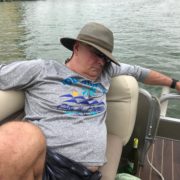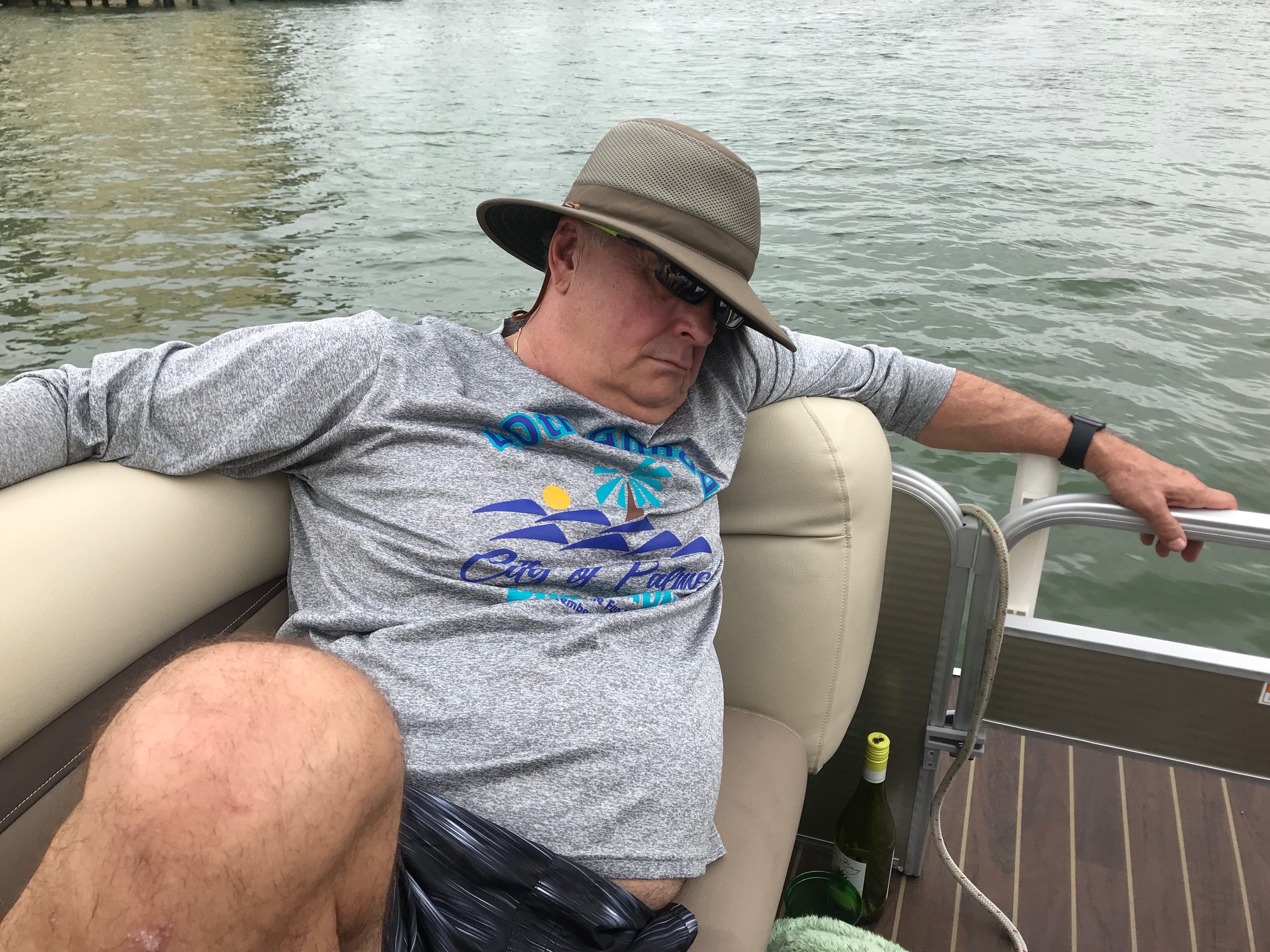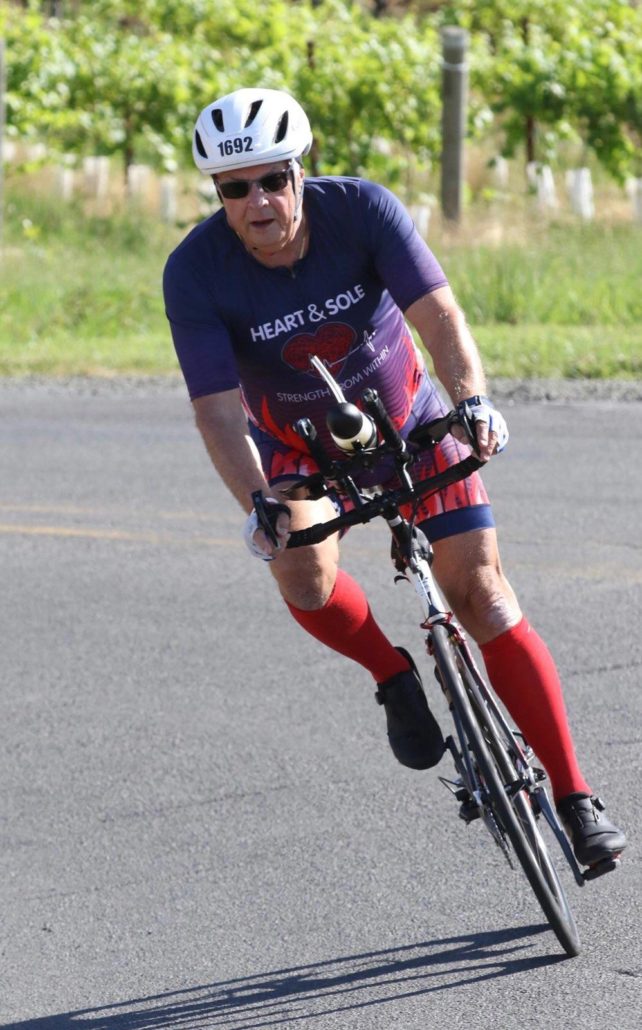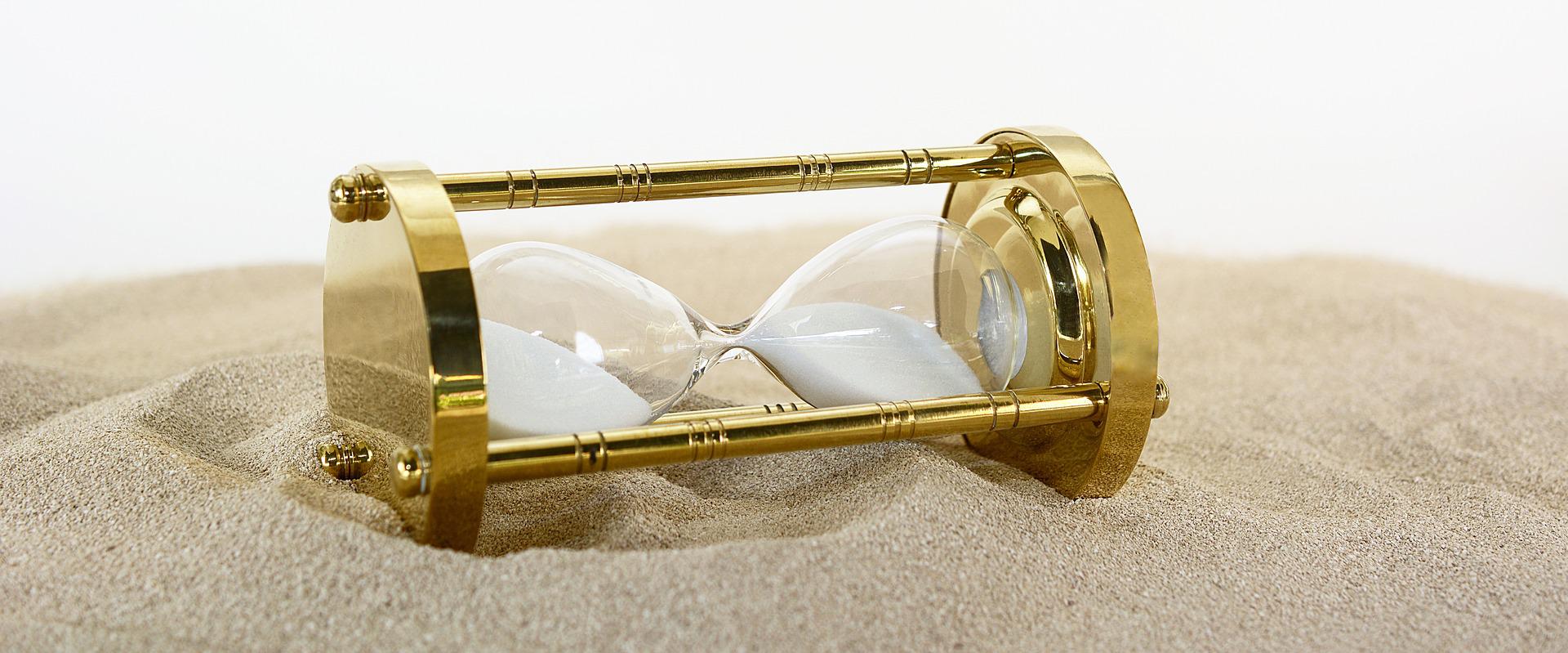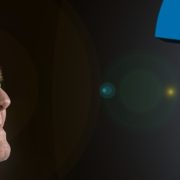I Went Back and Had a Conversation With My 50-year-old Self.
It was informative but a bit painful.

Image by tumisu, PixabayI recently wrote about what it’s really like to be 80 years old. I don’t normally allow my thinking to regress into the past, but the post got me thinking about what I would say to my 50-year-old self, knowing what I know now.
Here’s how that dialog with my 50-year-old self might go:
1. Stay the course and avoid buying into the traditional off-the-cliff, labor-to-leisure retirement model that has prevailed over the last 50 years. Don’t drink the Kool-aid that says you have a “use-by stamp” with a number, like 65, on you. Start preparing now for the possibility that you may have as many years ahead as you have already lived — a serious runway that merits attention before getting on it.
2. Start thinking seriously today about what you want this “second half” or “third age” of your life to look like. Don’t wait until you’ve arrived at that stage, drift into it, and try to figure it out on the fly. You’ll lose too many years of high physical and mental vitality and productivity if you wing it.
3. Don’t wait until your 60s, like your 80-year-old version did, to figure out what your true essence is. I know, you’ve bought into the 20th century “learn, earn, retire, die” model that drug you into the corporate world to build someone else’s dream. I get it — you’re doing it for the money to get to the retirement portion of that model. It works for some but not for everybody. And it has a considerable downside.
Count on this 50s decade being tough as you battle against those tough questions that seem to come from nowhere:
- “Is this all there is?”
- “Why am I here?”
- “Does anybody care?” (P.S. They don’t!)
- “What if it’s true that the number of people attending my funeral will be determined by the weather?”
Get your arms around what you really are at your core, what you are really best at, what lights you up, and what brings value to the world around you. That “essence” continues to get barnacled over the longer you hold out and stay enslaved in cubicle nation.
4. Become a serious student of your biology. The first 50 — let’s use a golf analogy and called it the front nine — wasn’t great. Marginal diet, those 18 years of smoking, limited exercise, comfort-seeking — all that’s gonna catch up and make the second half/back nine messy if you don’t raise your self-care literacy and reverse the front-nine lifestyle habits.
The damage is reversible, but it’s gonna take discipline and commitment to salvage a good back nine — or even to finish it. Become a student, understand your biology at the cellular level, and start giving it what it needs to continue to protect you. You’ve got 35 trillion cells that know what to do to keep you healthy, but they need your help.
5. Make learning a daily habit. You’ll be tempted to be a part of the 40% of college grads who never open another book after graduation. You’ll be facing big and little screens that offer up an incredible assortment of drivel that fails to challenge your brain. Remember these “3 C’s”: Curiosity, challenge, and creativity. Keep them active every day going forward.
6. Be an outlier, make a ruckus, and change a life. You get one chance to leave a footprint. You won’t be remembered for your houses, cars, clothes, or exotic vacations. But you will be remembered if you can share your experiences, talents, mistakes, and victories with others and help them make better life decisions.
Don’t wait — start the transformation now. It gets tougher the longer you wait.


